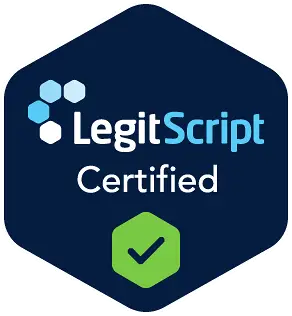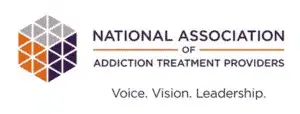San Francisco is a hub of technology and innovation, but it’s also a city hard hit by the opioid epidemic. In certain parts of San Francisco, like Hyde Street, heroin needles litter the sidewalks and in broad daylight it’s common to see drugs being sold.
It’s a stark contrast to the multi-million dollar condos and the high standard of living — often ranked as having one of the highest costs of living in the world — that many in the city enjoy.
Along with heroin, fentanyl has become especially prevalent in San Francisco. Fentanyl is one of the most potent synthetic opioids available. A tiny dose of fentanyl can stop a person’s breathing in less than a minute and it’s one of the top causes of opioid-related deaths in the United States. Despite the enormous risks, fentanyl is often sought by people because it delivers such a powerful high.
A recent story posted on Kaiser Health News highlighted the grim reality for people addicted to drugs in San Francisco and also pointed out how the use of naloxone has become commonplace. Many people, including those addicted to the drugs themselves, carry naloxone.
This Season, Give Yourself the Gift of a Fresh Start.
Whether you are struggling with addiction, mental health or both, our expert team is here to guide you every step of the way. Don’t wait— reach out today to take the first step toward taking control of your life.
What is Naloxone?
Naloxone is a medication that quickly reverses the effects of an opioid overdose. Naloxone works as an opioid antagonist, binding to opioid receptors to reverse the effects of opioids like fentanyl and block the potential effects of other opioids.
When someone overdoses, if they’re administered naloxone in time, they can start breathing normally again. Three forms of naloxone have received FDA approval including an injectable version, Evzio which is a prefilled auto-injectable device, and Narcan, which is a nasal spray that doesn’t require a needle. The FDA also approved a generic nasal spray version of naloxone. This spray version, because it provides a specific dose, doesn’t require medical training to administer.
The U.S. Surgeon General, Dr. Jerome Adams, released an advisory recently on naloxone. He wrote in his advisory that for patients taking high doses of opioids in any form, as well as friends and family of people with an opioid use disorder, keeping it on-hand and knowing how to use it can be life-saving. It was the first surgeon general advisory issued in 13 years.
A study in 2013 found that in communities with overdose education and naloxone distribution, overdose rates were lower than in communities without such support.
Administering Naloxone on the Streets of San Francisco
In San Francisco, other people who use drugs may be responsible for reversing as many overdoses as paramedics and first responders, if not more.
In 2018, paramedics administered naloxone to 1,647 people, which was an increase from 980 administrations two years before. According to data from the DOPE Project, which is an overdose prevention program in the Bay Area, that compares to 1,658 naloxone overdose reversals by laypeople, the majority of whom are drug users.
The people who are using drugs are the primary people to also witness overdoses, so when they have naloxone, reversing the overdose is more likely than if they waited for EMTs to arrive.
While it is life-saving, there is the point of view that if naloxone is available, people may feel as if they’re impervious to the effects of opioids. In the KHN report, some of the people interviewed say they’d been administered naloxone more than a dozen times in recent years.
Since fentanyl is becoming more prevalent, and it’s far stronger than heroin, it’s likely naloxone reversals will continue to be a necessity in the prevention of opioid overdose death.







